China Issues U.S. Travel Warning Amid Trade Tensions
China’s embassy in Washington has issued a security advisory to Chinese nationals traveling to the United States, the latest such warning as trade tensions escalate between the two countries.
China’s embassy in Washington has issued a security advisory to Chinese nationals traveling to the United States, the latest such warning as trade tensions escalate between the two countries.
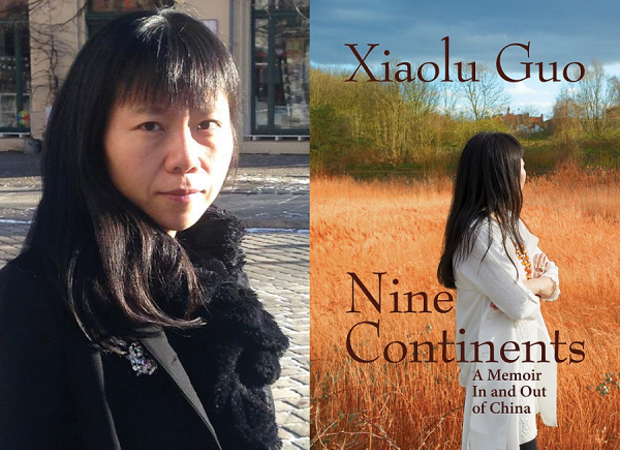
On Wednesday, November 8, the Chinese-British writer Guo Xiaolu joined the Asia Society’s Isaac Stone Fish in a conversation about the difficulty of existing...
Close to 700 million people in China are expected to travel during the country’s National Day holidays, known as the Golden Week, which kicked off on Sunday (Oct. 1).

Michael Bristow, the Asia Pacific editor for the BBC World Service, has written a book called China in Drag: Travels with a Cross-Dresser, in which he recounts his time in China—his travels, his reporting, and his myriad experiences—...
China is building diplomatic role in Middle East, and has close ties with Iran and Sudan, two of Trump’s seven proscribed countries
An angry mob ransacks a terminal. A frustrated passenger tries to leave the plane while it taxis. China's air travel system isn't working.
Taiwan President Tsai Ing-wen will transit through Houston and San Francisco during her January visit to allies in Latin America
With selfie-ready backdrops — flowing green canals and sloping tiled roofs — Wuzhen, China, takes off with tourists
After leaving office, travel is limited for three years for high-level officials....
The number of Chinese visitors to South Africa has dropped 32 percent after new visa regulations make travel difficult.
The crossing of Nathu La, between India and Tibet, signals the opening of a new pilgrimage route for Indian pilgrims to holy sites.
The last day of the holiday saw about 9.7 million train trips, 1.4 million by plane, and 73.6 million by highway.
Because Han Chinese culture developed in regions where herders and goats prevailed, many think the zodiac talisman must be a goat.
Trucks loaded with construction materials park in front of a vacant lot in El Monte, where a homeless man slumbers on the sidewalk next to a mountain of rags and trash bags. Overhead, colorful flags whip in the breeze, advertising opportunities...
To hear Chinese military sources tell it, the country is on its way to developing a submarine that can travel 6,100 mph—which is why you should never listen to Chinese military sources.
As the global travel industry rolls out the welcome mat for China's surge of outbound tourists, it should consider tipping the scales in their customers' favor.
The number of tourist departures from China hit a whopping 97.3 million in 2013, up more than nine fold from 2000, according to the Germany-based China Outbound Tourism Research Institute

In this show: dating tips for hooking up with your Marxist-Leninist thought instructor, advice on what modern music and seasonal vegetables to smuggle in from Hong Kong, the origins of China’s somewhat unorthodox driving customs, and instructions...
When asked to give examples of China's transformation over the last three decades, you may first be tempted to cite year-to-year G.D.P. growth figures. Yet in 2013, we may also find some of these answers tucked inside a Fodor's People's...
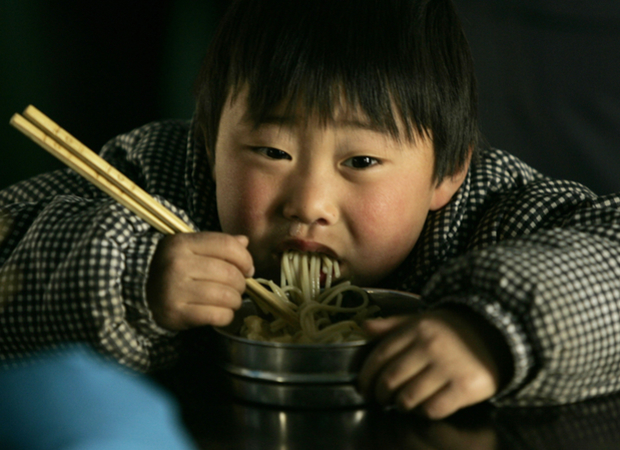
After almost three years of podcasting, this week on Sinica we bow to the inevitable with a show about Chinese cuisine, and in particular the strange history of pasta in China. Joining us for this journey is Jen Lin-Liu, author of...

Feasting her way through an Italian honeymoon, Jen Lin-Liu was struck by culinary echoes of the delicacies she ate and cooked back in China, where she’d lived for more than a decade. Who really invented the noodle? she wondered, like many before her. But also: How had food and culture moved along the Silk Road, the ancient trade route linking Asia to Europe—and what could still be felt of those long-ago migrations?
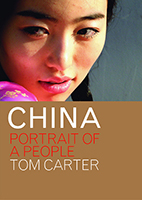
From the subtropical jungles of Yunnan to the frozen wastes of Heilongjiang; across the scalding deserts of Xinjiang and beneath Hong Kong’s neon blur. Tramping through China by train, bus, boat, motorcycle, mule or hitching on the back of anything that moved. On a budget so scant that he drew sympathetic stares from peasants. Backpacking photographer Tom Carter somehow succeeded in circumnavigating over 35,000 miles (56,000 kilometers) across all 33 provinces in China during a 2-year period, the first foreigner on record ever to do so.

During the past decade, Peter Hessler has persistently illuminated worlds both foreign and familiar—ranging from China, where he served as The New Yorker’s correspondent from 2000 to 2007, to southwestern Colorado, where he lived for four years. Strange Stones is an engaging, thought-provoking collection of Hessler’s best pieces, showcasing his range as a storyteller and his gift for writing as both native and knowledgeable outsider.

The legendary Chamagudao, the Tea Horse Road, winds through dizzying mountain passes, across famed rivers like the Mekong and the Yangtze, and past monasteries and meadows in a circuitous route from Sichuan and Yunnan provinces in western China to the Tibetan capital city of Lhasa. Actually a network of roads, trails, and highways, rather than one distinct route, the Chamagudao once stretched for almost 1400 miles (2350 km)—a conduit along which the historic trade between the mighty Chinese empire and the nomadic Tibetans linked remote villages and ethnic groups.
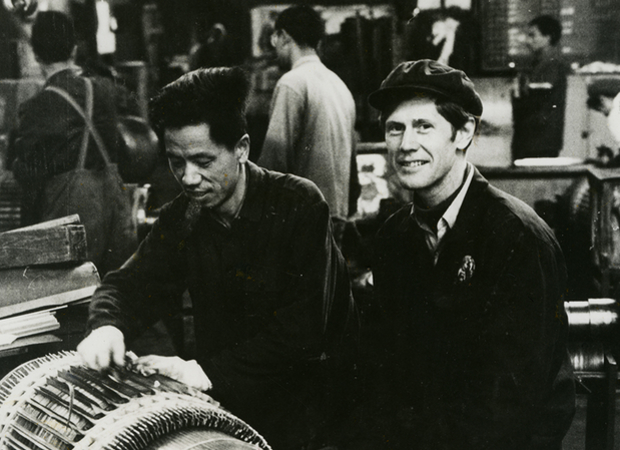
In 1961, when I first arrived in Hong Kong as an aspiring young China scholar, there was something deeply seductive about the way this small British enclave of capitalism clung like a barnacle to the enormity of China’s socialist revolution....
It’s a digital disaster. With a Chinese travel crunch looming, China’s online ticketing system is quickly turning into a boondoggle of historic proportions.
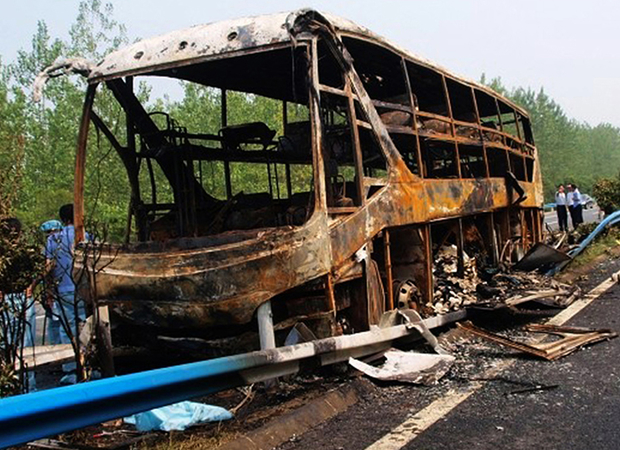
Thirty-six people died recently on a Shaanxi province highway when a double-decker bus slammed into a fuel tanker.
The crash underscored ongoing demands for beefing up traffic law enforcement and improving the design of these often-crowded...
Returning to Beijing after nearly 50 years sparks recollections of a China long gone, and the memory of one very special meeting.
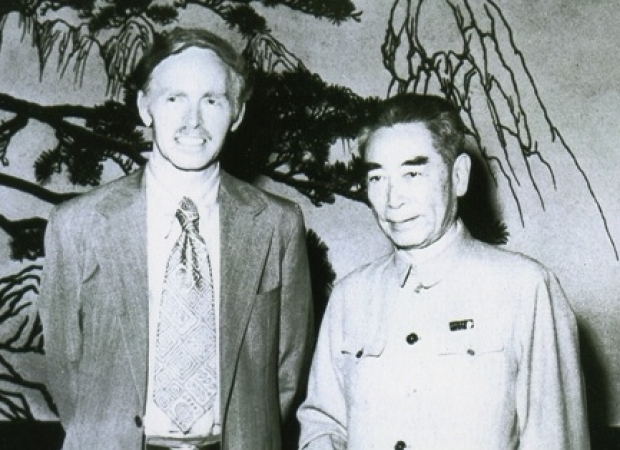
I started studying the Chinese language August 15, 1960 at 9 am. Confucius said "Establish yourself at thirty," and, having just celebrated my thirtieth birthday, I decided he was right. I would not be allowed to visit China, however, until May...
A powerful, unexpected scene suddenly surfaces near the beginning of Colin Thubron’s characteristically beautiful, though uncharacteristically haunted, new book of travel. As he walks through the mountains of Nepal, toward the holy peak of Mount...

One of the longest and most dramatic trade routes of the ancient world, the Tea Horse Road carried a crucial exchange for 13 centuries between China and Tibet. China needed war horses to protect its northern frontier, and Tibet could supply them. When the Tibetans discovered tea in the 7th century, it became a staple of their diet, but its origins are in southwest China, and they had to trade for it.
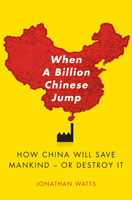
As a young child, Jonathan Watts believed if everyone in China jumped at the same time, the earth would be shaken off its axis, annihilating mankind. Now, more than thirty years later, as a correspondent for The Guardian in Beijing, he has discovered it is not only foolish little boys who dread a planet-shaking leap by the world's most populous nation. When a Billion Chinese Jump is a road journey into the future of our species.

Route 312 is the Chinese Route 66. It flows three thousand miles from east to west, passing through the factory towns of the coastal areas, through the rural heart of China, then up into the Gobi Desert, where it merges with the Old Silk Road. The highway witnesses every part of the social and economic revolution that is turning China upside down.
I could tell you a lot of potentially useful things about Colin Thubron’s latest travel memoir—for example, that he’s a gifted linguist, a dogged reporter, and an elegant writer. For a start, though, perhaps it’s enough to point out...
Books that “follow in the steps of” a well-known traveler are more and more ubiquitous these days, but many of them are slightly suspect. Following in the footsteps of some distinguished predecessor can look a little like a gesture of defeat,...
The last time I was in the Himalayas, I met a young, highly Westernized Tibetan who, misled perhaps by my Indian features (born in England, I’ve never lived in the subcontinent), started talking to me about the strange ways of the exotic...
Tibet has always cast a dangerously strong spell upon visitors from abroad. When the first major European expedition marched on Lhasa in 1904, led by Colonel Younghusband at the behest of his old friend Lord Curzon, it ended up slaughtering in...
Between 1965 and 1977, Donald Lach published the first two volumes of his Asia in the Making of Europe, an illuminating and erudite survey of the various ways that Asia has affected scholarship, literature, and the visual arts in the...